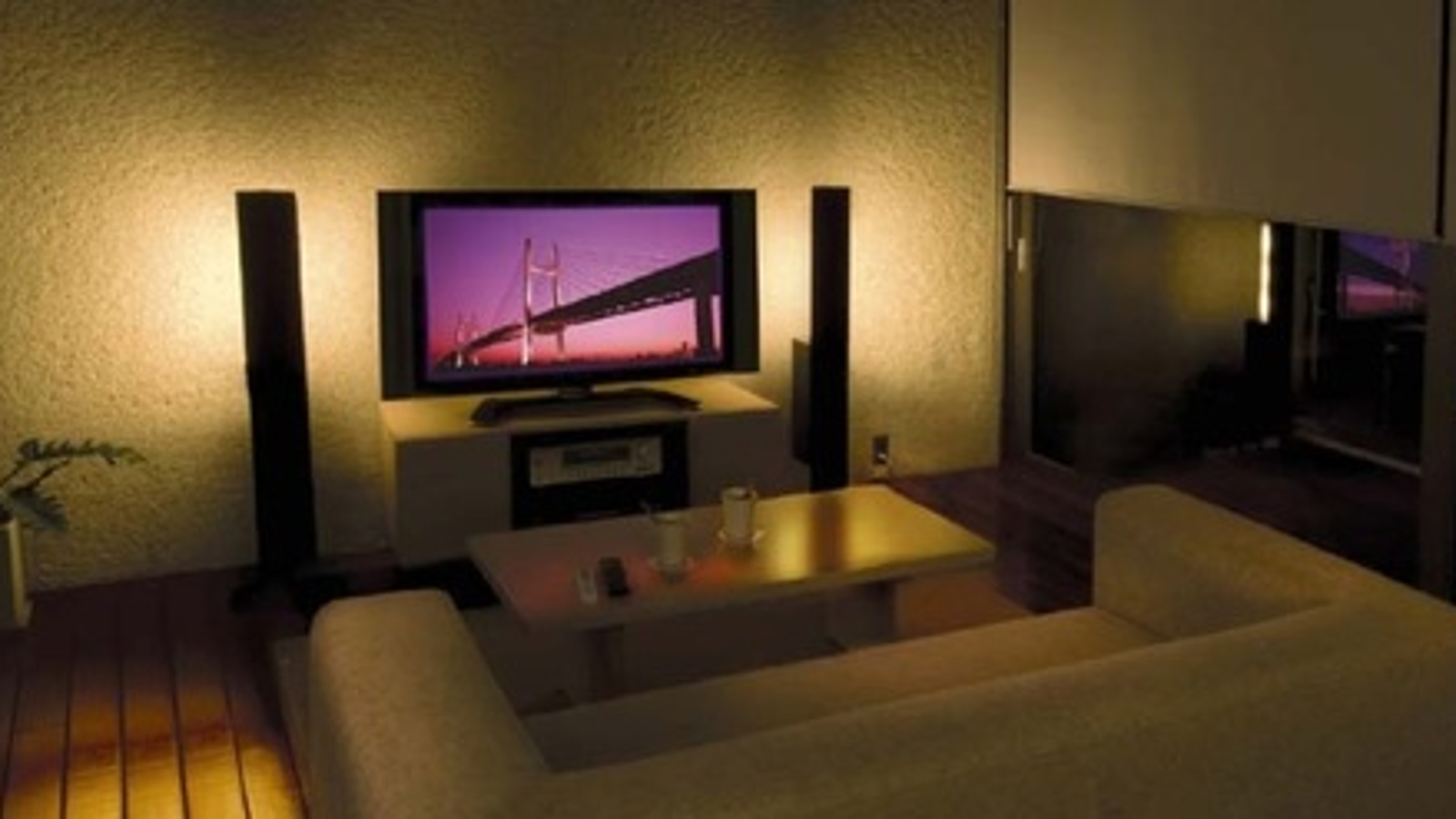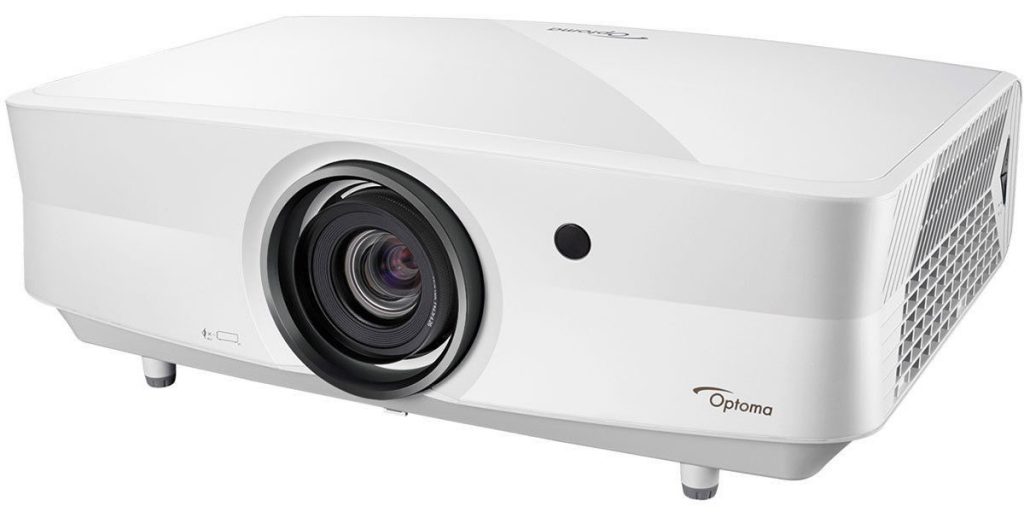


But there is no direct relationship between the ANSI lumen ratings from the manufacturer and the foot-Lambert measurements as reported in the Calculator. In theory, lumens and foot-Lamberts are related-one foot-Lambert of luminance is equal to one lumen per square foot. In a dark room, a luminance level on the screen in the range of 12 to 16 fL is in the ideal comfort range. It is safe to ignore the published ANSI lumen rating-it is irrelevant for a variety of reasons. What you want is a projector that produces enough light to fill your screen with good contrast, but not so bright that it creates eye fatigue when viewed for any length of time. When it comes to home theater projectors, brighter IS DEFINITELY NOT BETTER. However, since that number depends on your screen size and screen gain, there is no fL specification published by the projector manufacturers. Of the two, foot-Lamberts is the better method to use for setting up your home theater. The second is foot-Lamberts (fL), which takes the screen into account and measures the total light that is being reflected back toward the audience. That measures the light energy capable of being generated by the projector itself. One is the ANSI lumen rating of the projector. There are two common methods of measuring light in a home theater. How much illumination your eyes perceive on the screen depends on two factors: (1) the light output of the projector, and (2) the reflective properties of the screen. Brightness vs Contrast in Home Theater Projectors


 0 kommentar(er)
0 kommentar(er)
